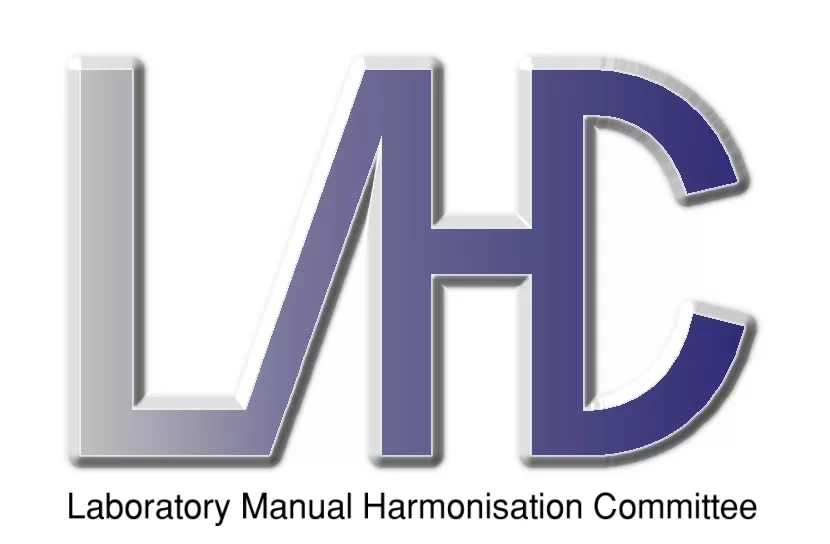LMHC Gemstone Information Sheets
The following world-renowned gemmological laboratories (listed in alphabetical order) are represented within the LMHC.
CGL Laboratory (Japan)
CISGEM Laboratory (Italy)
DSEF German Gem Lab (Germany)
GIA Laboratory (USA)
GIT – The Gem and Jewelry Institute of Thailand (Thailand)
Gübelin Gem Lab Ltd (Switzerland)
Swiss Gemmological Institute – SSEF (Switzerland)
The LMHC meets regularly to discuss and cooperate on various gemological issues and to harmonise the language used in their gemmological reports.
The Information Sheets (IS) issued by the LMHC, and linked below, help users to properly comprehend the language used in gemmological reports issued by LMHC members. So far 13 Information Sheets (IS) have been issued by the LMHC regarding colored stones, and one on pearls.
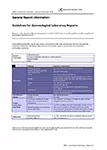
LMHC General Information Report Sheet: “Gemmological Laboratory Reports”
(Version 2. November 2018) Members of the Laboratory Manual Harmonisation Committee (LMHC) have setup the guidelines for the completion of Gemmological Laboratory reports.
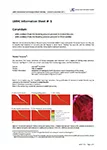
LMHC Information Sheet #1: “Corundum with residues from the heating process present in healed fissures and/or cavities”
(Implemented in February 2004, Version 4. December 2011) Members of the Laboratory Manual Harmonisation Committee (LMHC) have standardised the nomenclature that they use to describe heat treatment in corundum and the degree to which fissure “healing” has occurred, and the residues that remain within the healed fissures and cavities, following the heating of corundum.
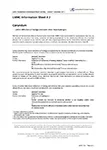
LMHC Information Sheet #2: “Corundum – lattice diffusion of foreign elements other than hydrogen”
(Version 8. February 2023) Members of the Laboratory Manual Harmonisation Committee (LMHC) have standardised the nomenclature that they use to describe any corundum that shows indications of heating accompanied by the introduction/diffusion of a chemical element from an external source, both for cases with clear supporting evidence and for those where indicators point to a possibility that this treatment has taken place but there is insufficient corroboration. See also Information Sheet #1.
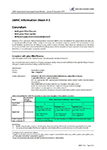
LMHC Information Sheet #3: “Corundum with glass filled fissures and/or cavities enhancing/modifying the clarity”
(Version 9. December 2012) Members of the Laboratory Manual Harmonisation Committee (LMHC) have standardised the nomenclature that they use to describe glass filled fissures and/or cavities in corundum and corundum-composite material. This nomenclature is used for all situations that (i) involve the filling of fissures and/or cavities with glass, where there are indications that the clarity of the corundum has been enhanced/modified by this process with the exception of those covered in Information Sheet #1 and (ii) form a corundum-glass composite material.
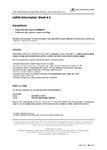
LMHC Information Sheet #4: “Padparadscha sapphire”
(Version 10. February 2023) Members of the Laboratory Manual Harmonisation Committee (LMHC) have standardised the nomenclature that they use to describe a ‘padparadscha sapphire’.
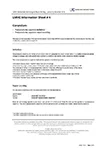
LMHC Information Sheet #5: “Emerald – fissure filling / clarity enhancement”
(Implemented January 2007, Version 5. February 2023) Members of the Laboratory Manual Harmonisation Committee (LMHC) have standardised the nomenclature that they use to describe an emerald.
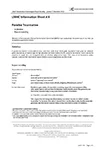
LMHC Information Sheet #6: “Paraíba tourmaline”
(Version 8. February 2023) Members of the Laboratory Manual Harmonisation Committee (LMHC) have standardised the nomenclature that they use to describe a paraíba tourmaline.
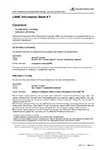
LMHC Information Sheet #7: “Corundum – No indications of heating and Indications of heating”
(Implemented January 2007, Version 5. November 2018) Members of the Laboratory Manual Harmonisation Committee (LMHC) have standardised the nomenclature that they use to describe any corundum that shows no indications of heating or any corundum that shows indications of heating. See also information sheets #1 to #4.
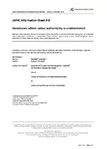
LMHC Information Sheet #8: “Gemstones where colour authenticity is undetermined”
(Version 6. January 2023) Members of the Laboratory Manual Harmonisation Committee (LMHC) have standardised the wording they use to describe cases where colour authenticity is undetermined. These situations typically apply to beryl, demantoid garnet, quartz, spodumene (kunzite), topaz, tourmaline, zircon, zoisite (tanzanite), etc.
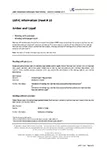
LMHC Information Sheet #9: “Alexandrite and other colour-change gemstones”
(Version 4. February 2023) Members of the Laboratory Manual Harmonisation Committee (LMHC) have standardised the reporting nomenclature that they use to describe alexandrite and other colour-change gemstones.
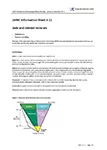
LMHC Information Sheet #10: “Amber and Copal”
(Version 3. December 2011) Members of the Laboratory Manual Harmonisation Committee (LMHC) have standardised the nomenclature that they use to describe amber and copal with indications of heating. This nomenclature is used for all resins that derive from natural fossilized resin (amber) and/or subfossilized resin (copal), showing indications of heating with or without pressure, with exception of dyed material.
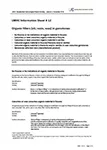
LMHC Information Sheet #11: “Jade and related minerals”
(Version 4. September 2011) Members of the Laboratory Manual Harmonisation Committee (LMHC) have standardised the nomenclature that they use to describe nephrite jade, jadeite jade, omphacite, kosmochlor.
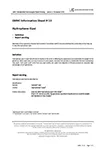
LMHC Information Sheet #12: “Organic fillers (oil, resin, wax) in gemstones”
(Version 5. January 2023) Members of the Laboratory Manual Harmonisation Committee (LMHC) have standardised the nomenclature that they use to describe filled fissures, fractures and/or cavities in gemstones and composite material. This nomenclature is used for all situations that involve the filling of fissures, fractures and/or cavities, where there are indications that the clarity of the gemstone has been enhanced/modified by this process with the exception of those covered in Information Sheet #1, #3, and #5.

LMHC Information Sheet #13: “Hydrophane opal”
(Version 2. November 2018) Members of the Laboratory Manual Harmonisation Committee (LMHC) have standardised the nomenclature that they use to describe hydrophane opal.
